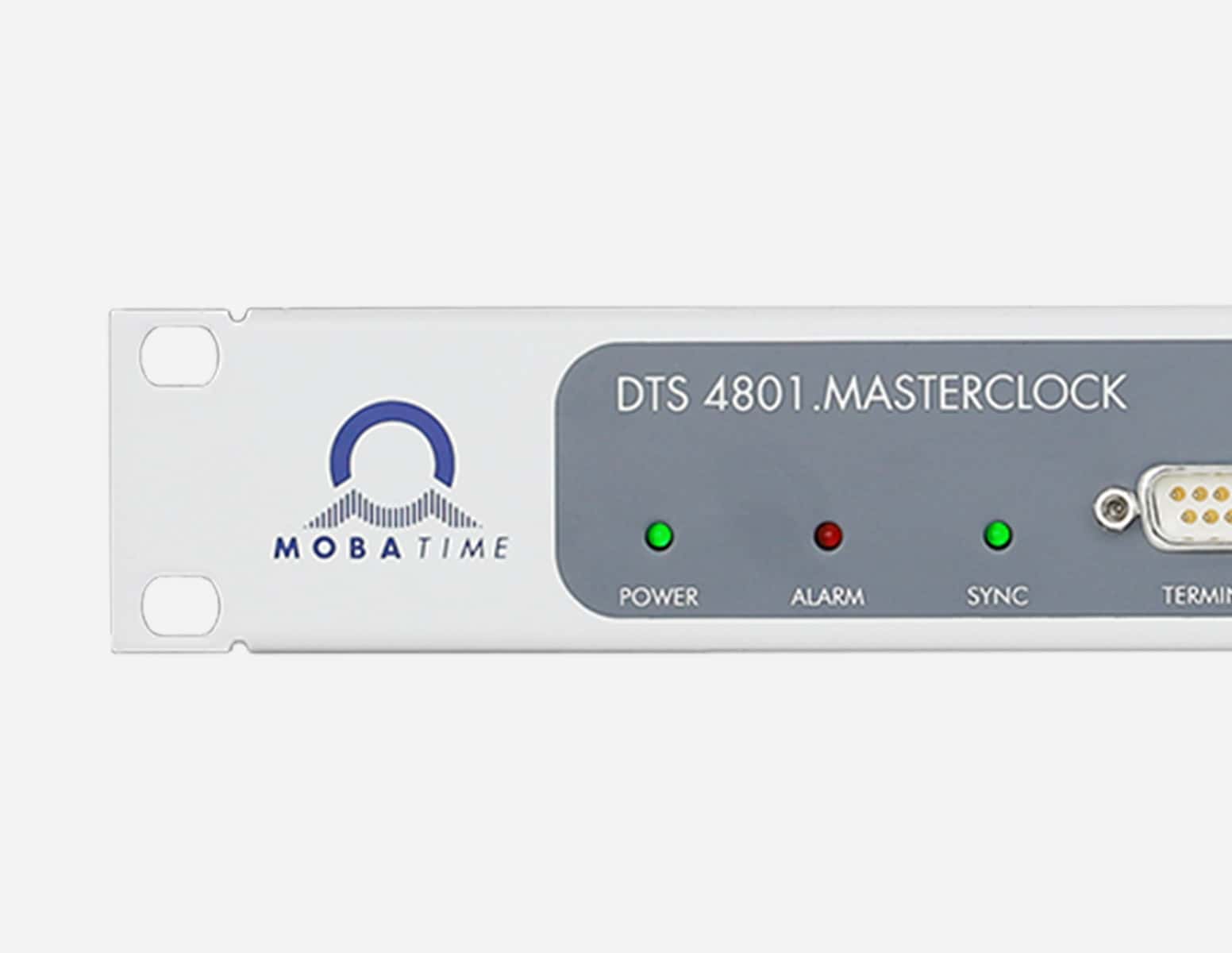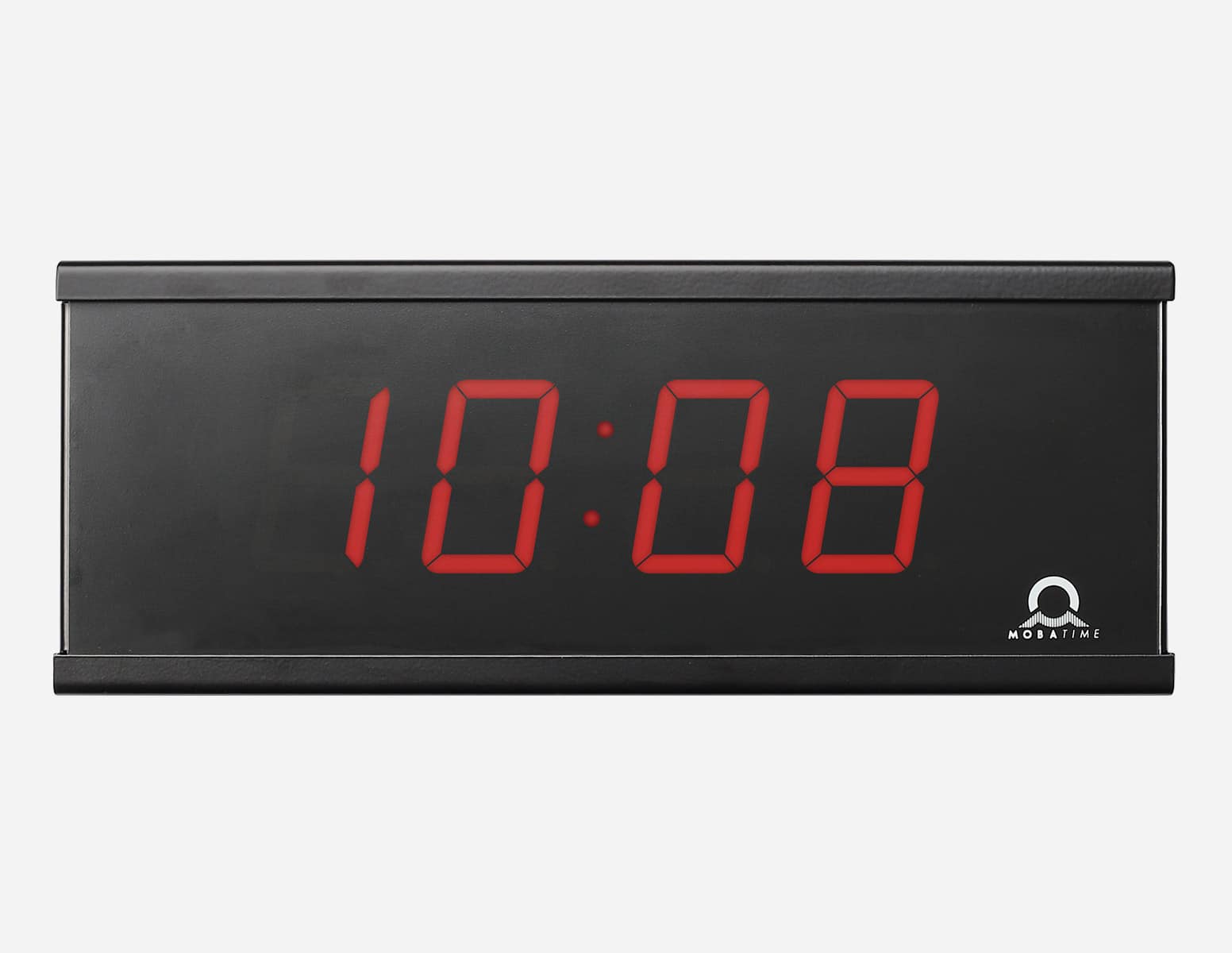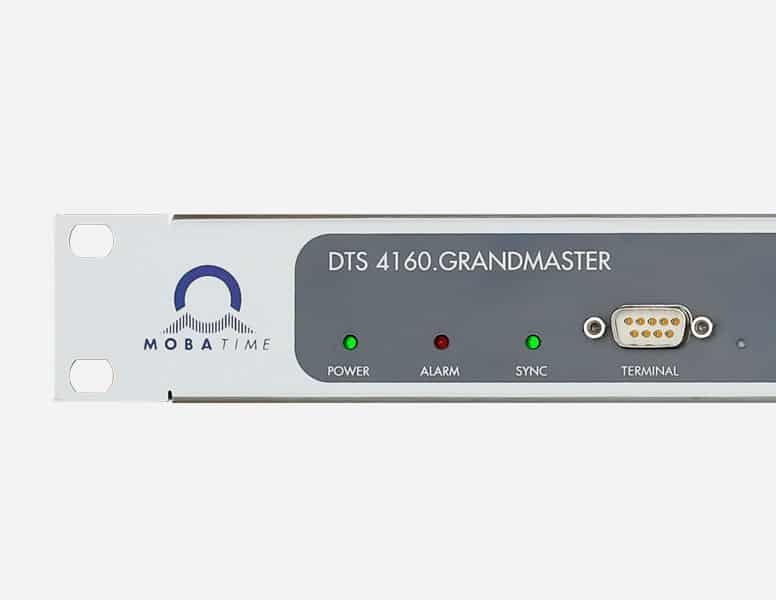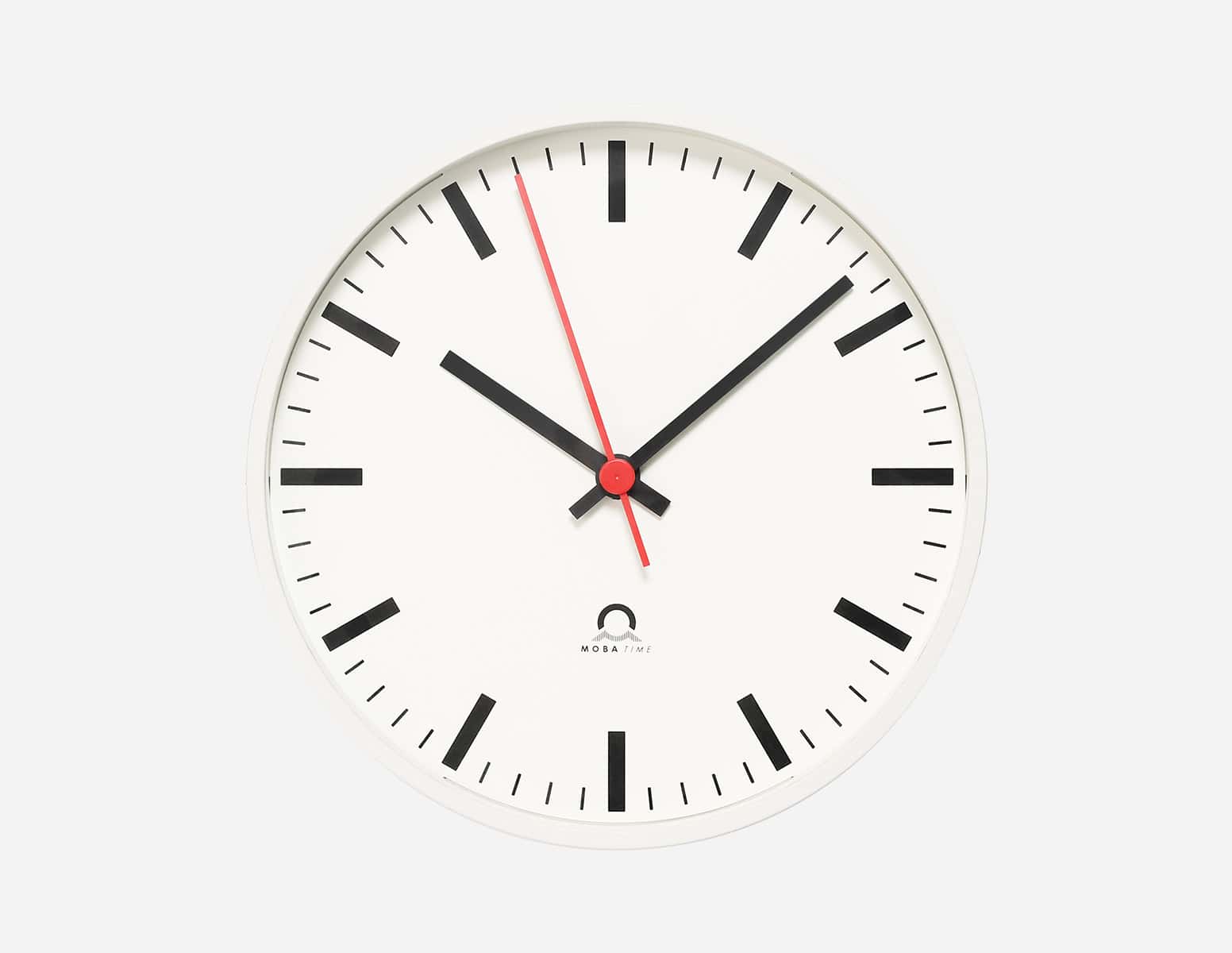Winter Time 2023: Navigating the Time Change
When Does the Time Change For Winter Time 2023?
The time change for winter time 2023 will take place on the last Sunday in October, in this case on the 29th. In the United States and Canada, clocks will be set back one hour at 2:00 local time and then return to 1:00. In the European Union, the change will occur at 1:00 a.m. Coordinated Universal Time (UTC) and then return to midnight.
Global Variants
It's important to note that not all countries observe Daylight Saving Time. Some countries in Asia, Africa, and parts of Australia do not participate in this practice. Always check local guidelines if you're planning to travel during this period.
The Mechanics of Changing Time
Most modern electronic devices as ours will automatically adjust the time for you. However, don't forget to manually change wall clocks, oven clocks, and other non-connected devices to reflect the new time.
The Impact and Controversies Surrounding Daylight Saving Time
The concept of Daylight Saving Time was initially proposed to make better use of natural daylight and to conserve energy. However, its effectiveness in energy conservation is still debated.
Public Opinion
Public opinion on Daylight Saving Time is mixed. While some appreciate the extra daylight in the evening, others criticize the practice for its perceived negative impact on health and productivity.
Legislative Changes
Over the years, there have been numerous legislative attempts to abolish or extend Daylight Saving Time. Some states in the U.S., like Arizona and Hawaii, do not observe the time change at all.
By understanding the specifics of the Winter Time 2023 time change and its broader implications, you can better prepare for the transition and make informed decisions about your daily routine.
Time is key. Time is necessary.
This biannual event could add significant maintenance costs if you have clocks located throughout your building and are mounted in hard-to-reach areas. Thanks to our precise and reliable clock systems, this task is eliminated. Our master clocks or time servers, which are synchronized by GNSS systems, take over this task for you and automatically change the time of your clocks and IT networks.
We have clever solutions available if you are interested in trouble-free and maintenance-free timekeeping to increase your productivity and reduce costs simultaneously.

The simplest NTP solution for synchronizing the network equipment and the clocks with a self-setting time code. 4801's are equipped with crystal oscillators to provide time & pulse solutions supporting synchronization using the Global Positioning System for a small or mid-infrastructure network.

Indoor digital Clock - ECO-M-DC
Elegant and very slim digital clocks for displaying time and date. High protection degree IP54 as standard for all versions. 7-segment LED displays of high luminance provide excellent readability from various angles.

IEEE-1588 PTP Grandmaster - DTS 4160
It is a primary reference time clock (PRTC) and PTP grandmaster according to IEEE 1588-2008 / PTPv2, with IEEE 1588-2019 / PTPv2.1 compatibility, for the synchronization of highly accurate clients.

This clock comes in a modern and slim design. Double-sided clocks consist of two single-sided clocks assembled together by a bracket for ceiling or wall mounting.